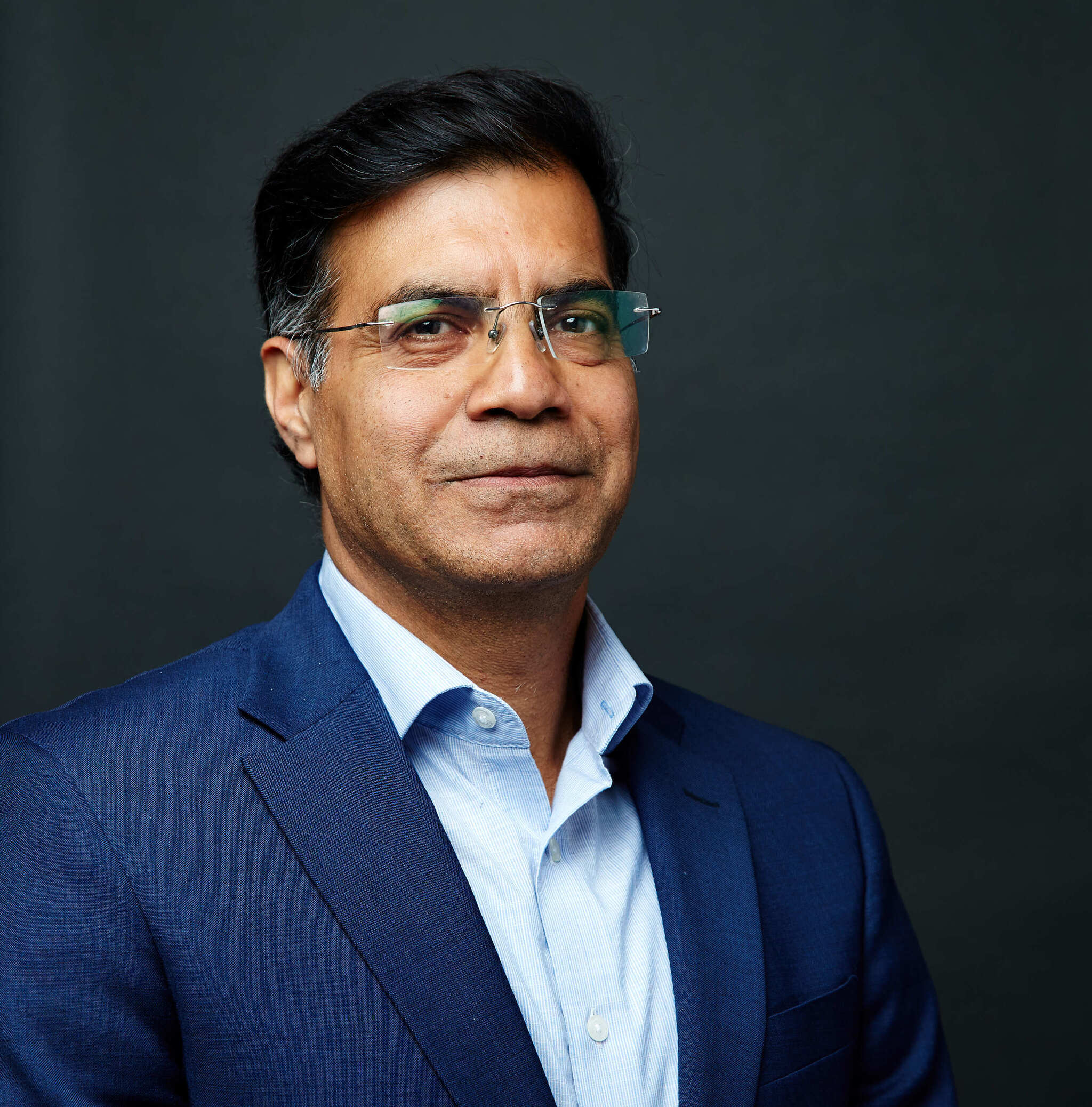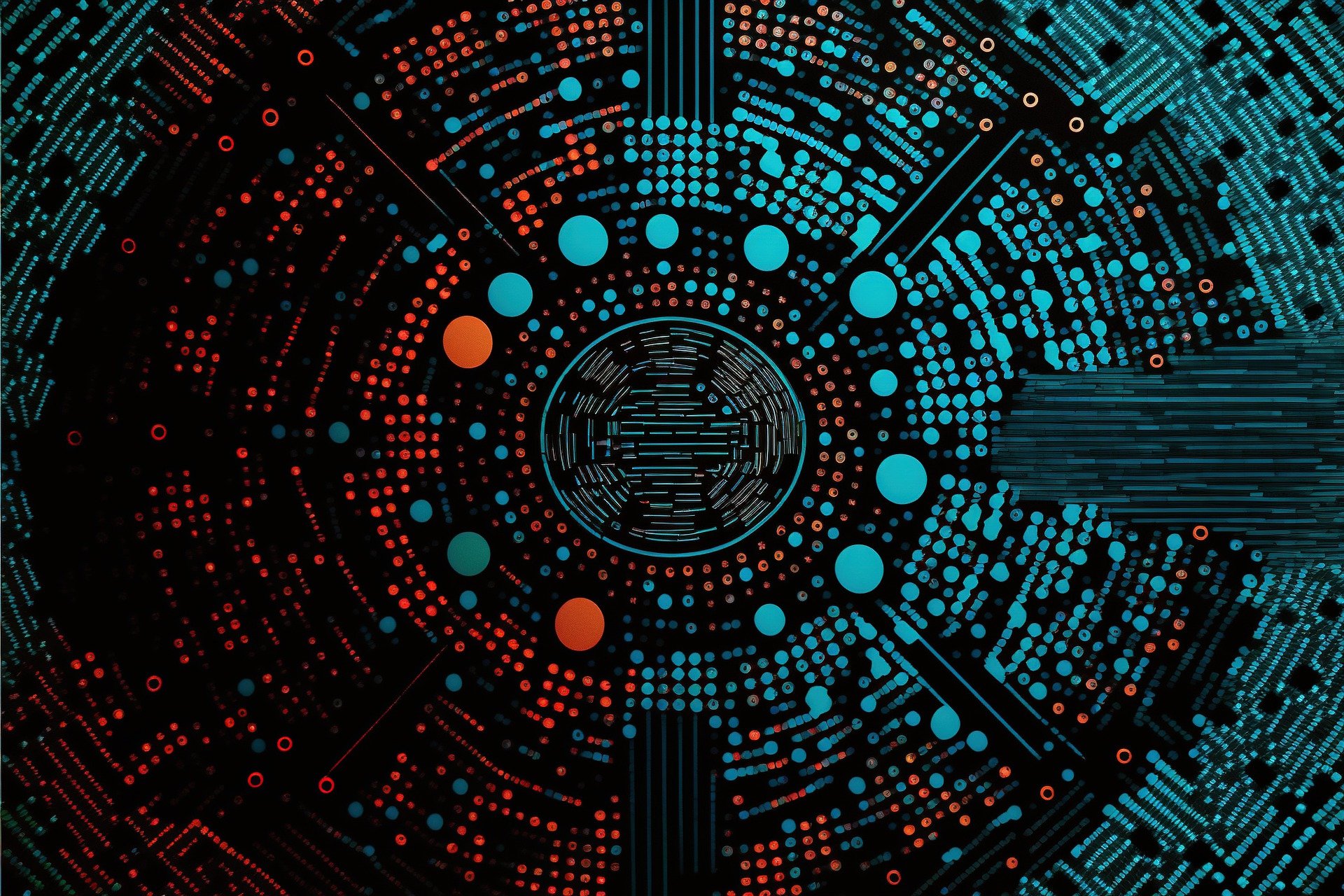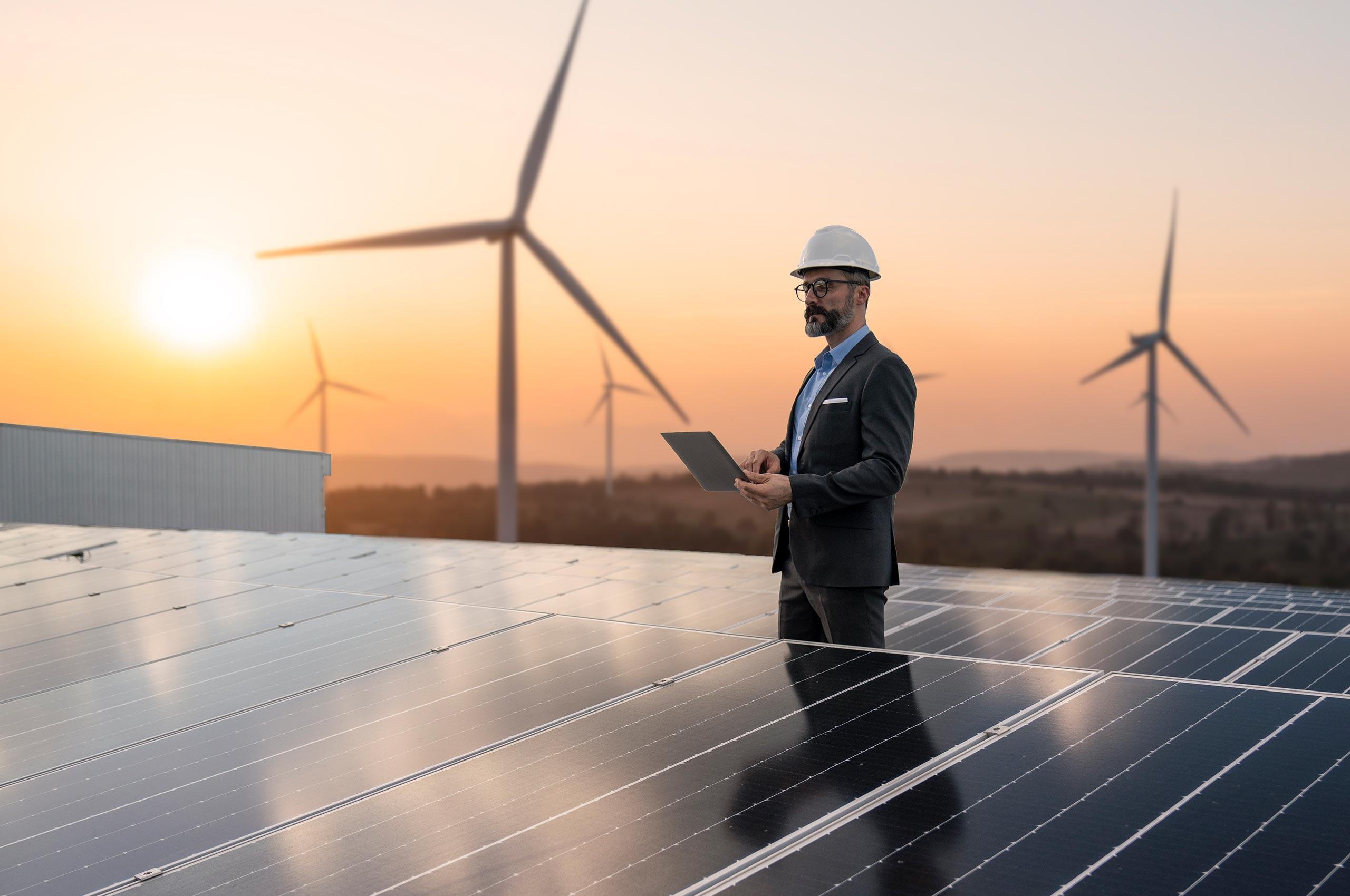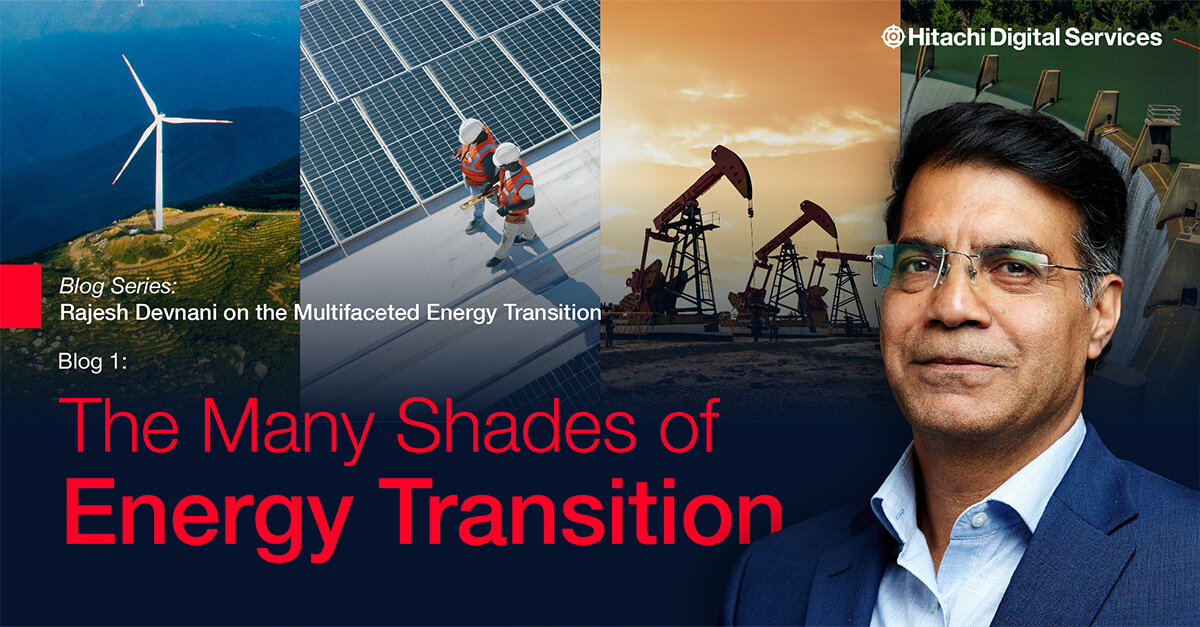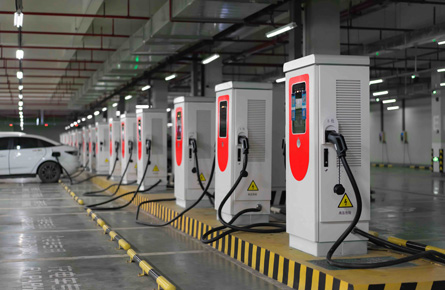August 6, 2024
This is not an attempt to draw any analogies with the movie ‘The World Is Not Enough’ or with Elon Musk’s grand vision of being a multi-planetary species as Climate Change poses a serious risk to humanity on Planet Earth. My simple argument is that the Grid of today is not enough for our anticipated needs of the immediate future, and it needs to adapt fast while the needed large-scale investments are made to modernize the Grid. Grid capacity needs to double, but we should be cognizant that this will be unlike flipping a switch. Given the factors around the permitting, regulatory, construction, and other elements, we are looking at least a decade out for the Grid to modernize and build enough capacity for the needs of the future.
We hence need to place heavy emphasis on interim measures and existing technologies that keep the Grid humming along until we execute the long-term plan to ruggedize, modernize, augment, and strengthen it for the next decade and beyond. The US Energy Infrastructure has a rating of D+, which is clearly below par. The Grid is in dire need of modernization. Clearly, ‘The Grid is not Enough!’
Andrew McAfee wrote in his book ‘More with Less’ that as the world economy has grown larger, we are able to tread lighter on the planet and can do more with less on multiple counts – a crucial one being the Energy Intensity of the Global Economy which implies that every incremental dollar in GDP growth now needs lesser energy to generate it. While this may be true and is a notable achievement, this alone may not be enough given the current realities. We are witnessing a strong growth in electrification demands, driven by a myriad of workloads, including Electrification of Transport, Buildings, Heat Manufacturing, and Data Centers. Renewable energy resources are growing at a rapid clip, but they will need to be onboarded to the Grid if we must address these additional energy demands. Apart from the growing need for additional grid capacity, we also need to contend in parallel with an aging grid in multiple countries that need urgent modernization (with a large percentage of assets more than at least 25 years old). Clearly, a grid that was built for the needs of the last century no longer works in the current context, especially given that Electrification needs would at least double by the year 2050.
The latest CoP-28 aspired to triple energy resources by 2030 to 11,000 GW, but if this aspiration is to be achieved, these renewable resources will need to be brought on board to the grid to serve the varied end-use requirements (Industrial, Commercial, Residential).
Renewables are a good example of the Jevons Paradox, which refers to the fact that when technological progress increases the efficiency with which a resource is used (reducing the amount necessary for any one use), the falling cost of use induces an increase in demand enough that resource use is overall increased, rather than reduced. Solar energy is already up the curve, and wind energy is not far behind in the Jevons paradox. Utility-scale/Long-term storage may be the next game-shifting technology. These pivots will definitely take shape, but it will take time.
The big question facing us is: ‘How can we get more juice for the squeeze from the existing grid until we modernize it and adapt to a bidirectional grid, including addressing a forecasted tsunami of variable renewable resources?’
The Innovative Grid Deployment Lift-off Report from the US DoE provides some answers. It talks about measures that can unleash an incremental 20-100 GW of additional capacity through various measures without spending on Capex. The measures span a spectrum of physical & digital measures, but there is definitely a specific impetus for digital stand-alone or digital augmenting physical measures, which can release this additional capacity without entailing incremental dollar spends on the physical grid expansion. Everything from Dynamic Line Ratings, Advanced Power Control, and Topology Optimization to the pure-play ADMS and DERMS solutions rely on digital.
Grid-enhancing technologies have a big role to play in decongesting the transmission grid and providing an alternative while we wait for the long transmission interconnection queue to be cleared. The NREL estimates that integrating the high level of renewables into the US grid will require around 120,000 miles of new or upgraded transmission lines by 2050. That’s a lot of investment needed but technologies like dynamic line rating, advanced conductorization and topology optimization can unleash a lot of capacity and defer and partially reduce these investments.
Non-wire Alternatives encompass a huge swath of initiatives, including Demand Response, Storage, Micro-grids, and Energy efficiency measures. These measures also have a major role to play in alleviating the pressures on our grid and enabling postponing/avoiding some of the massive capital expenditures needed.
Renewables are imperative, but they can induce a lot of variability and potential instability in the overall Grid. Our Grid of the future needs to evolve to be scalable yet reliable, distributed yet equitable, and modern yet resilient. How do we transition from the here and now to a future of clean energy without causing painful disruptions and leveraging the resources available at our disposal?
Let me explain.
Scalable yet Reliable:
The Grid of the future needs to be scalable. The requirements are growing from multiple sources (reshoring of manufacturing, electrification of transport across retail and commercial sectors, electrification of buildings, electrification of heat, electrification of industry, and increase of data center requirements – driven by both Crypto and AI/Gen AI workloads). The Grid needs to accommodate it all, and there is no other way but to invoke the renewable (and perhaps reinvoke the nuclear) card. As we induce more renewables in the mix, reliability becomes a key consideration. Renewables are a variable energy source, creating issues around harmonics, frequency, and voltage regulation. These must be addressed by leveraging a spate of digital technologies (including ADMS-VVO and ADMS-DERMS) if renewables are to go mainstream without creating reliability issues.
Distributed yet Equitable:
There is no doubt that the Grid of the future will be distributed. The days of the centralized generation at remote locations and then wholescale transmission and distribution of energy are numbered. We will continue to have a fraction of these centralized legacy assets for baseload, but the distributed energy resources will play a much bigger part in the future.
An oft-ignored issue is, however, the equitable dimension related to this transition to a distributed energy future. As solar rooftops gain prominence and are adopted from an economic and environmental perspective, we need to consider the ramifications of the same for the ‘under-served energy’ class. The affordability and the long-term returns horizon of residential solar implies that only the well-to-do class and people owning their houses can adopt it. While this may reduce their energy bills progressively and cannibalize the utility revenue stream, this may imply that the most vulnerable sections of the society end up bearing the brunt of this shift since they either don’t own a house and can’t hence deploy residential solar, or can’t afford it or both.
Modern yet Resilient:
As we modernize our Grid for the future, one key consideration has to be Resiliency. A modernized grid that is distributed and relies on digitization exposes us to increased attack vectors on the cyber/physical security front. We are also witnessing a higher prevalence of extreme weather events globally, which are testing the Grid to its limits. The modern Grid of tomorrow needs to have resiliency built in by design and be able to absorb shocks in its stride, provide alternative pathways, and immediately bounce back to ensure that it is up and running 24*7.
To conclude, I will summarize. It may still take us more than a decade to wade through the current challenges and address the regulatory, permitting, and other gridlocks before the Grid of the future gets built out. We still need a functioning grid that meets today’s needs as it scales up to meet the needs of the future. There are a host of measures and technologies available to uplift the performance and unleash capacity (if we choose them wisely). At the same time, we make the transition to a completely modernized grid. While we work through the transition, we still need to deal with the paradoxes and the trade-offs to ensure that the Grid is scalable, reliable, resilient, and affordable. What is needed is a shift to a growth mindset to shift our reality to ‘The Grid is Enough’!
This is the latest in Rajesh Devnani’s monthly series on the Energy Transition.

